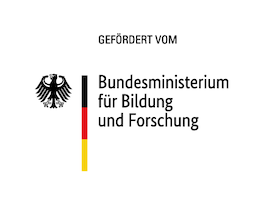The REMIND-MAgPIE model helps to identify and assess geopolitical risks in the context of global transition path scenarios. Task 1.1 examines variables influencing geopolitical risks and the effects of orderly versus disorderly mitigation measures on fragmentation and imbalances. Tasks 1.2 and 1.3 model the financial, trade, and geopolitical impacts of climate protection measures and transition scenarios, focusing on international relations, public finances, and regional/global risks.
The Integrated assessment framework REMIND-MAgPIE is a tool that enables modelling and analysis of geopolitical risks. In particular, the framework is a global, multi-regional model with key countries being represented explicitly (e.g. EU, USA, China, India). It covers the integrated domains of demographics and macroeconomy combined with detailed technology representation of the energy and land-use sectors within a dynamic, integrative framework (Bauer et al., 2020; Baumstark et al., 2021). The model represents the regional heterogeneity, inequalities and fragmentation for a broad set of key variables and their development and interactions are derived within a consistent quantitative framework (e.g. Jewell et al., 2013; Soergel et al., 2021). It allows for the implementation of a broad set of policies ranging from carbon pricing, to technology supports and transfer, intra- and international financial transfers, trade policies, and many more, as well as varying vastly in the regional differentiation and specification (Bauer et al., 2020a; Bi et al., 2023; Jewell et al., 2016; Leimbach and Bauer, 2021). The model results can be used to inform changes of key geopolitical risks and the exposure and vulnerability to specific crisis events.
Task 1.1: Identifying Geopolitical Risks Inherent to Transition Pathways
This task identifies the most relevant links between transition pathways and geopolitical risks, leveraging the REMIND-MAgPIE model.
Key Goals
- Map relevant variables influencing geopolitical risks, with definitions validated against historical data.
- Identify policies exacerbating geopolitical fragmentation, imbalances, and risks, alongside those that mitigate negative impacts.
- Distinguish orderly (structured, stable) from disorderly (reactive, fragmented) policy packages.
- Develop a transparent input-output framework showing how variables relate to geopolitical risk.
Task 1.2: Advancing Capital, Public Finance and Trade Related Modelling
This task refines REMIND-MAgPIE’s capabilities to capture the complex financial and trade implications of mitigation policies.
Key Focus Areas
- Model investments needed for emissions reduction and carbon neutrality.
- Analyze the transformation of trade patterns in energy goods, agriculture, and basic materials, considering resource revaluation.
- Assess impacts on public finance, including revenues from taxes, subsidies, and royalties, and their implications for fiscal credibility.
- Engage with national experts to ensure accurate representation of country-specific circumstances.
Task 1.3: Geopolitical Risks Implied by Orderly and Disorderly Transitions
This task uses the enhanced model to evaluate how different mitigation policies affect geopolitical risk profiles at regional and global levels.
Key Goals
- Analyze drivers of geopolitical risks, such as international fragmentation and weakened state capacity, under various transition scenarios.
- Quantify pathways and transparently present results with innovative visual tools, including maps and advanced visualizations, to navigate the complexity of high-dimensional data.
Expected Outcomes
- Comprehensive frameworks linking transition variables to geopolitical risks.
- Refined models capturing the interplay of finance, trade, and public budgets in mitigation scenarios.
Dr. Nico Bauer, Work Package Lead
Dr. Diamantis Koutsandreas, Postdoctoral Researcher





